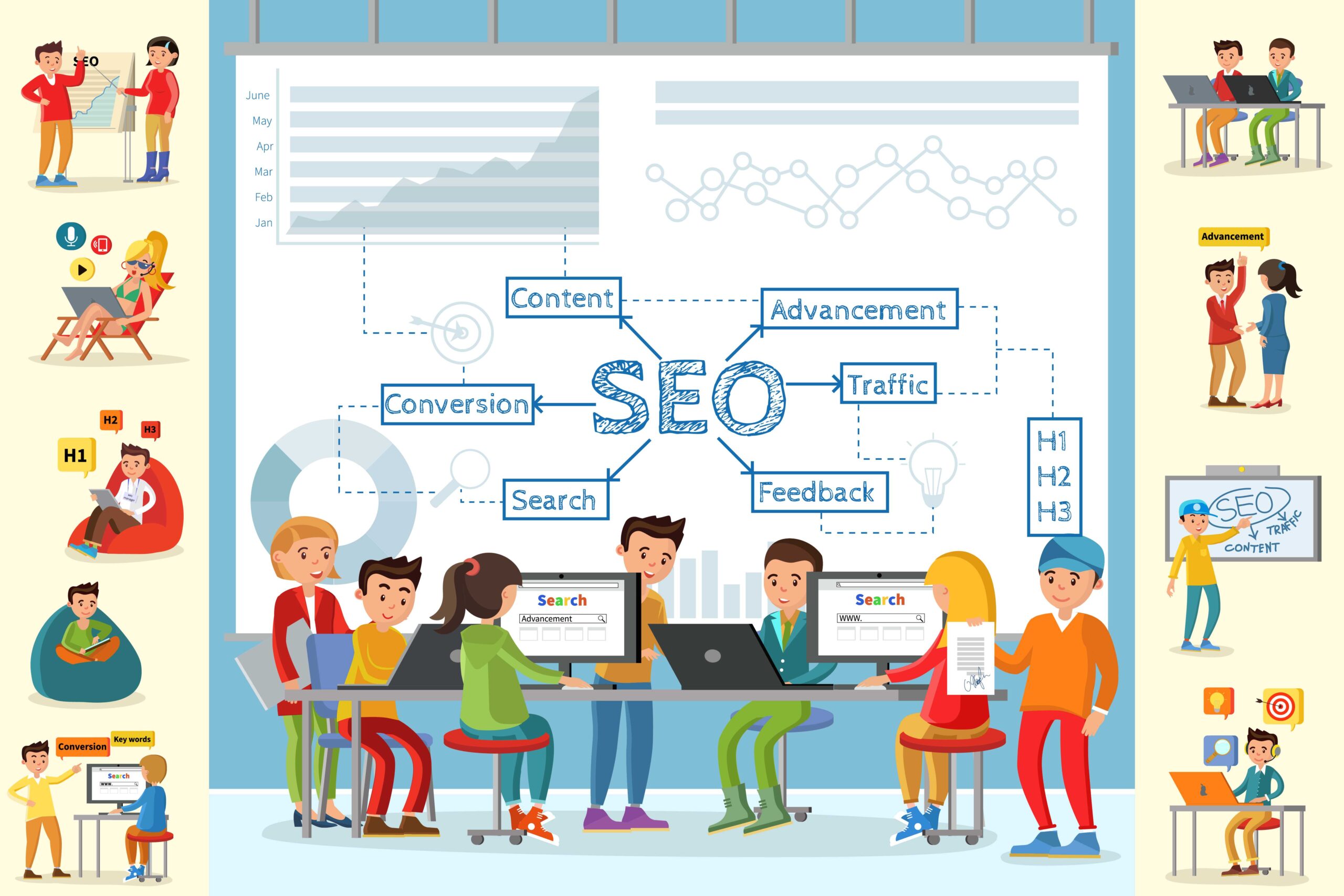As more organizations pivot toward Power BI for its tight Microsoft integration, cost efficiency, and advanced features, many Tableau teams are facing the challenge of adapting to a new environment. While both platforms offer powerful data visualization capabilities, they operate under different paradigms. For a smooth transition, preparing your Tableau team for the Power BI learning curve is crucial. Here’s how you can set your team up for success.
1. Acknowledge the Differences Early
Start by educating your team on the key differences between Tableau and Power BI. Power BI’s model-driven approach, its reliance on DAX (Data Analysis Expressions), and its integration with the Microsoft ecosystem require a different mindset compared to Tableau’s more visual, worksheet-based structure. Teams need to understand that while many principles are transferable, workflows and tools will feel different.
2. Invest in Tailored Training
Generic tutorials won’t cut it. Your Tableau experts already understand data — what they need is training that bridges their current Tableau skills with Power BI’s capabilities. Look for training resources specifically designed for Tableau users transitioning to Power BI. Include hands-on sessions that focus on building similar dashboards and reports in Power BI to reinforce familiarity.
3. Encourage a DAX-First Mindset
Unlike Tableau’s calculated fields and LOD expressions, Power BI relies heavily on DAX for complex calculations and data modeling. DAX can initially be intimidating, but it’s essential for optimizing performance and building scalable reports. Provide your team with foundational DAX training and encourage daily practice to build confidence.
4. Start with Pilot Projects
Don’t throw the entire workload into Power BI on day one. Instead, assign low-risk, internal dashboards as pilot projects. This allows the team to experiment, make mistakes, and learn in a low-pressure environment. Use these pilots to document best practices and build internal playbooks that will help others follow suit.
5. Use Tools Like Pulse Convert to Accelerate Learning
Manual migration from Tableau to Power BI can be time-consuming and error-prone. Leverage tools like Pulse Convert by OfficeSolution to speed up the transition. Pulse Convert automates many aspects of the migration process and helps Tableau users see how their existing logic and dashboards translate into Power BI, making the learning curve significantly less steep.
6. Foster a Culture of Collaboration and Support
Lastly, create a support network where your team can openly share challenges and solutions. Regular check-ins, lunch-and-learns, and collaborative problem-solving sessions can make the transition feel more like a team effort rather than an individual struggle.
Conclusion
Preparing your Tableau team for the Power BI learning curve requires more than just technical training—it demands a thoughtful, structured approach. By acknowledging platform differences, investing in targeted learning, and using smart migration tools like Pulse Convert, you can empower your team to make the leap confidently.
Visit https://tableautopowerbimigration.com/ for more resources and expert guidance from OfficeSolution on managing your Tableau to Power BI journey.





